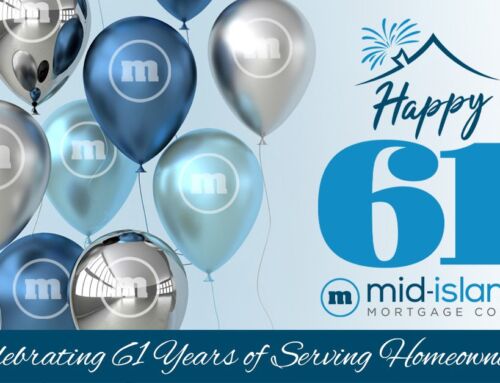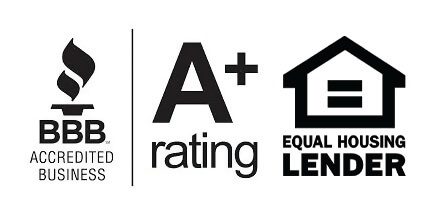NEWS: More Starter/Trade-Up Homes For Sale—But There’s a Catch
Mike Sorohan
May 15, 2019
First, the good news: for the first time in more than two years, the number of U.S. homes available for sale did not decline year-over-year in the first quarter; the bad news: it’s not really helping first-time home buyers, said Trulia, San Francisco.
The Trulia quarterly analysis found homes available for sale stayed flat from a year ago, thanks to strong-and, said Trulia economist Felipe Chacón, very rare–inventory gains in the starter and trade-up price categories. The first quarter marked the first time since third quarter 2016 that inventories did not decline.
Trulia said inventory grew year-over-year in exactly half of the nation’s 100 largest metro areas, up from just 19 one year ago. And while the supply of the most expensive, premium homes fell 4.5% year-over-year, starter and trade-up inventory actually grew. Starter-home inventory rose 3.5% year-over-year–the fastest annual growth rate observed in more than six years.
“Nationally, more starter and trade-up homes to choose from is certainly welcome news, especially for budget-conscious first-time home buyers,” Chacón said. “And trade-up buyers selling one home and buying another will also appreciate having more options when they make their next home purchase. But as home values continue to rise and affordability suffers, many of the markets experiencing the biggest increases in inventory are more likely just becoming cost-prohibitive to more buyers. For these would-be buyers, simply having more options is probably not enough to change the affordability math.”
Key report findings:
— While the supply of premium homes fell 4.5% year over year, trade-up and starter homes rose 4.8% and 3.5%, respectively, the fastest annual growth rate observed for starter inventory in more than six years.
–West coast markets lead inventory gains. Among the top 10 metros with the biggest gains in inventory growth, five were on the West coast, including San Jose (55.4% year over year increase), Seattle (40.5%), Los Angeles (28.5%), San Francisco (28.2%) and San Diego (25.8%). In each of these markets, starter-home buyers must spend more than 50% of their income to buy the median-priced starter home.
–What’s driving inventory growth isn’t all good news: Trulia said for-sale inventory usually rises when more new listings come on the market or when more homes stay on the market longer. In more expensive markets, where affordability has eroded the most, the latter appears to be true. For example, homes in Seattle now take 70 days to sell, versus 53 days.
Chacón noted if the number of homes newly listed for sale is falling, but the number of homes actually on the market is flat or rising, that means listed homes are lingering on the market longer, carrying over from month-to-month and inflating inventory counts–and potentially misleading people into thinking more homes are coming online.
“We see this reflected in longer listing times–nationwide, the median number of days a home stayed on market was up 1.5% year-over-year in Q1 from 80 days to 82 days,” Chacón said. “It’s also worth noting that this is a conservative measure of the lengthening days on market since this relies on homes that have already been through the entire listing and transaction process, likely understating degree to which current listings are and will be on the market longer than if they had been listed earlier.”






